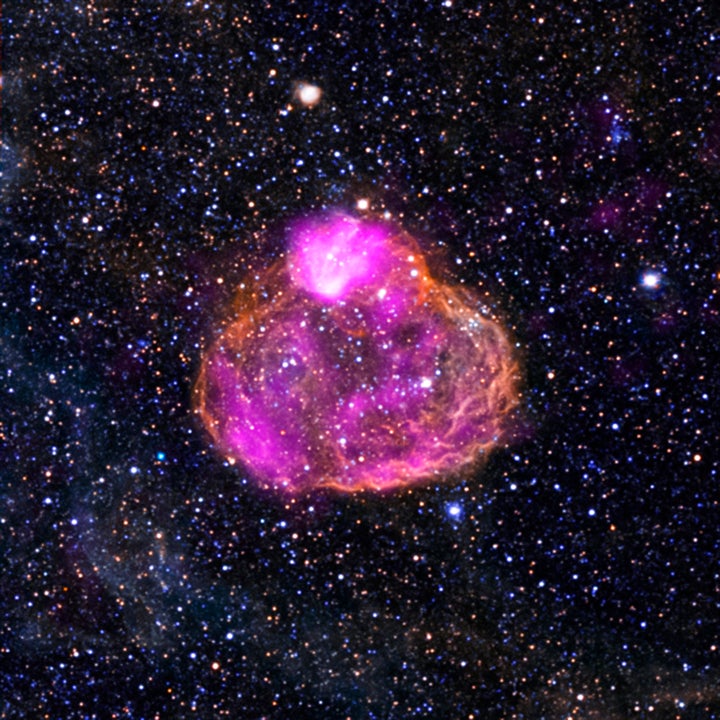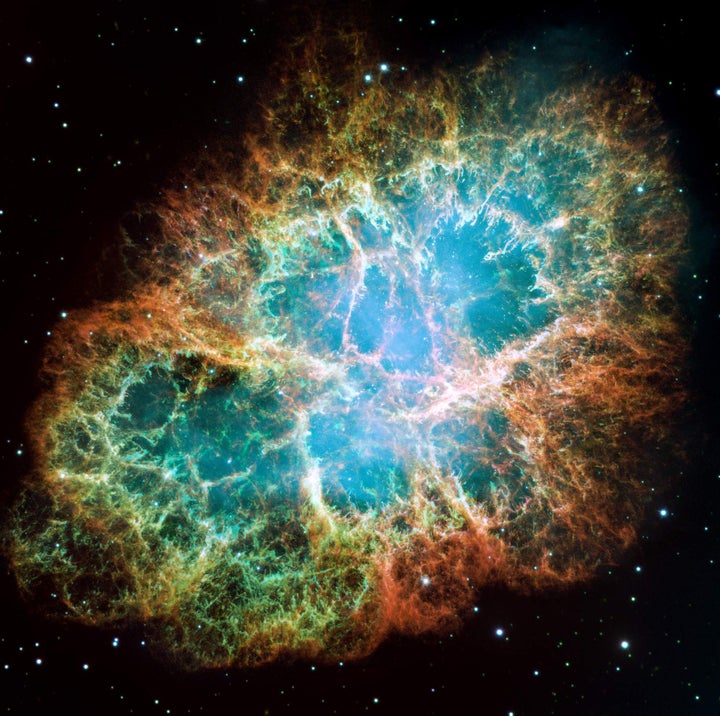Astronomers have found evidence that Earth is currently being bombarded by ash particles from a supernova.
Walter Binns and his team detected an extremely rare iron isotope that only appears in the aftermath of a star collapsing.

To give you some idea of just how rare these particles are astronomers have found just 15 in the last 17 years.
While they had found some evidence of the isotope before both on the surface of the Earth and the Moon this is the first evidence that we're still being hit by the particles.
The isotope was detected by the Cosmic Ray Isotope Spectrometer (CRIS) aboard NASA's Advanced Composition Explorer (ACE). The spacecraft is specifically designed to analyse the composition and effects of solar wind.

Astronomers were able to roughly estimate that the supernova must have been quite close and took place within just a few million years.
What's really interesting though is that the particles were moving much faster than they should have been, suggesting that a second supernova took place speeding the particles up even further in the resulting explosion.
What is a supernova?
As NASA explains, a supernova is what happens when a star explodes. It is the single largest explosion that we know takes place in space.
While it's difficult to see these explosions in our own Galaxy we have been able to witness the remnant of an explosion which took place as recently as 100 years ago.
A supernova happens where there is a change in the core, or center, of a star. A change can occur in two different ways, with both resulting in a supernova.

The first type of supernova happens in binary star systems. Binary stars are two stars that orbit the same point. One of the stars, a carbon-oxygen white dwarf, steals matter from its companion star. Eventually, the white dwarf accumulates too much matter. Having too much matter causes the star to explode, resulting in a supernova.
The second type of supernova occurs at the end of a single star’s lifetime. As the star runs out of nuclear fuel, some of its mass flows into its core. Eventually, the core is so heavy that it cannot withstand its own gravitational force. The core collapses, which results in the giant explosion of a supernova. The sun is a single star, but it does not have enough mass to become a supernova.
